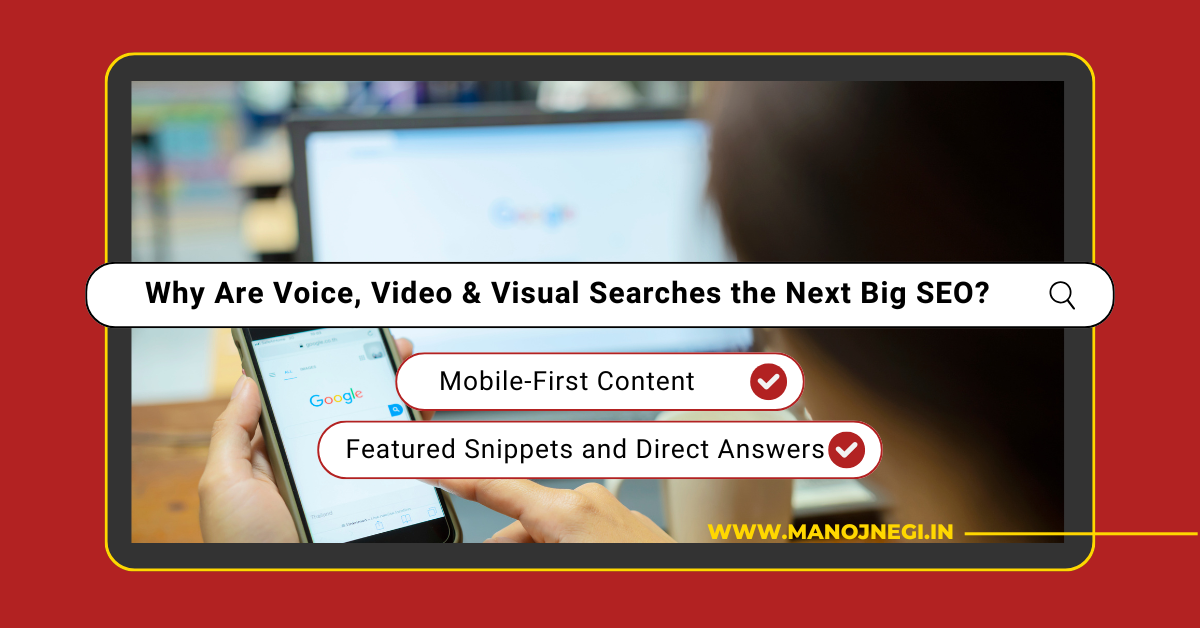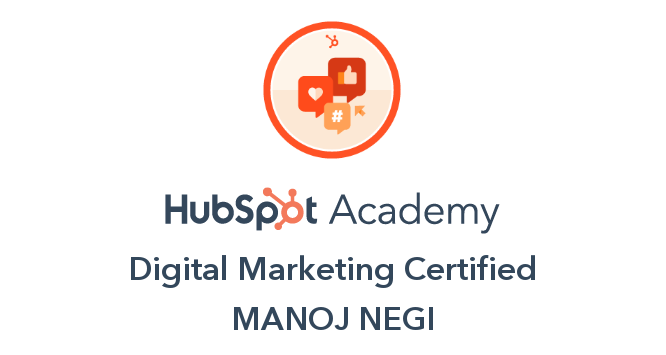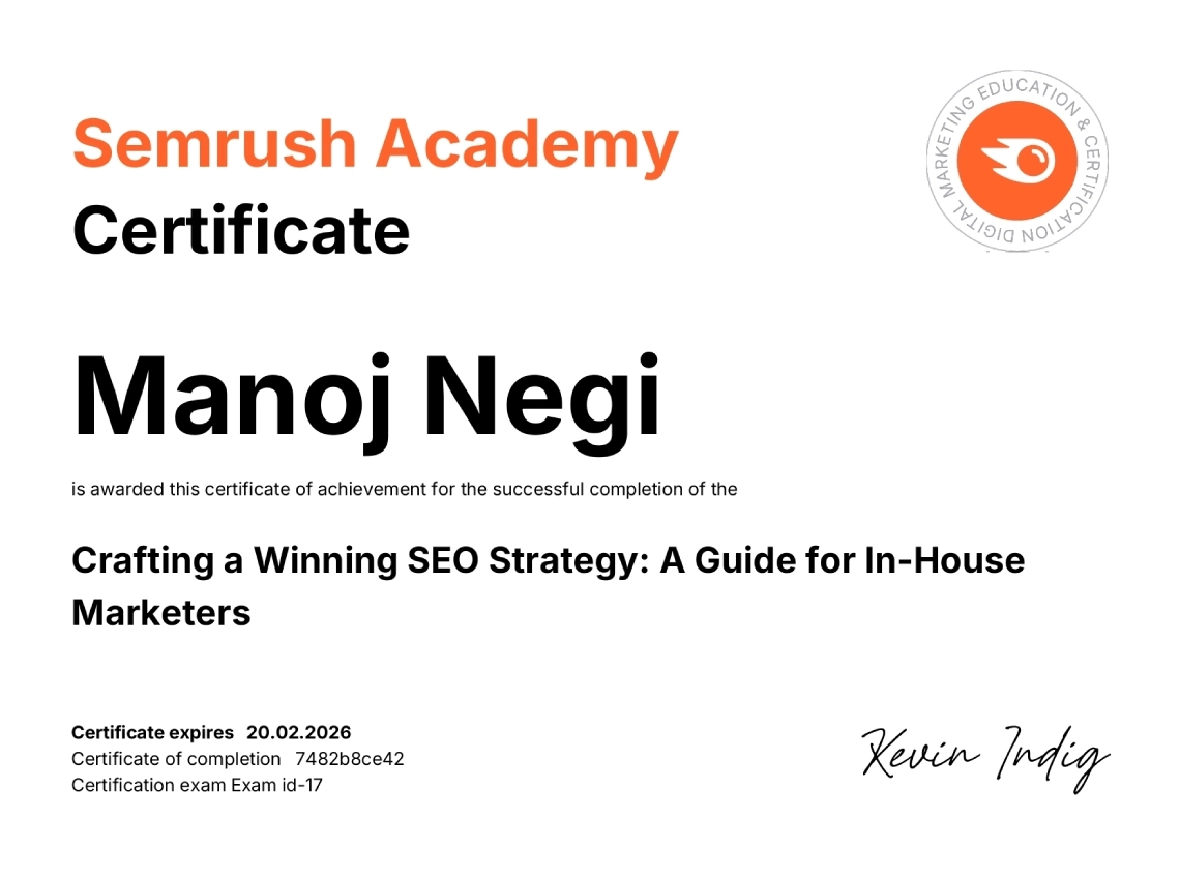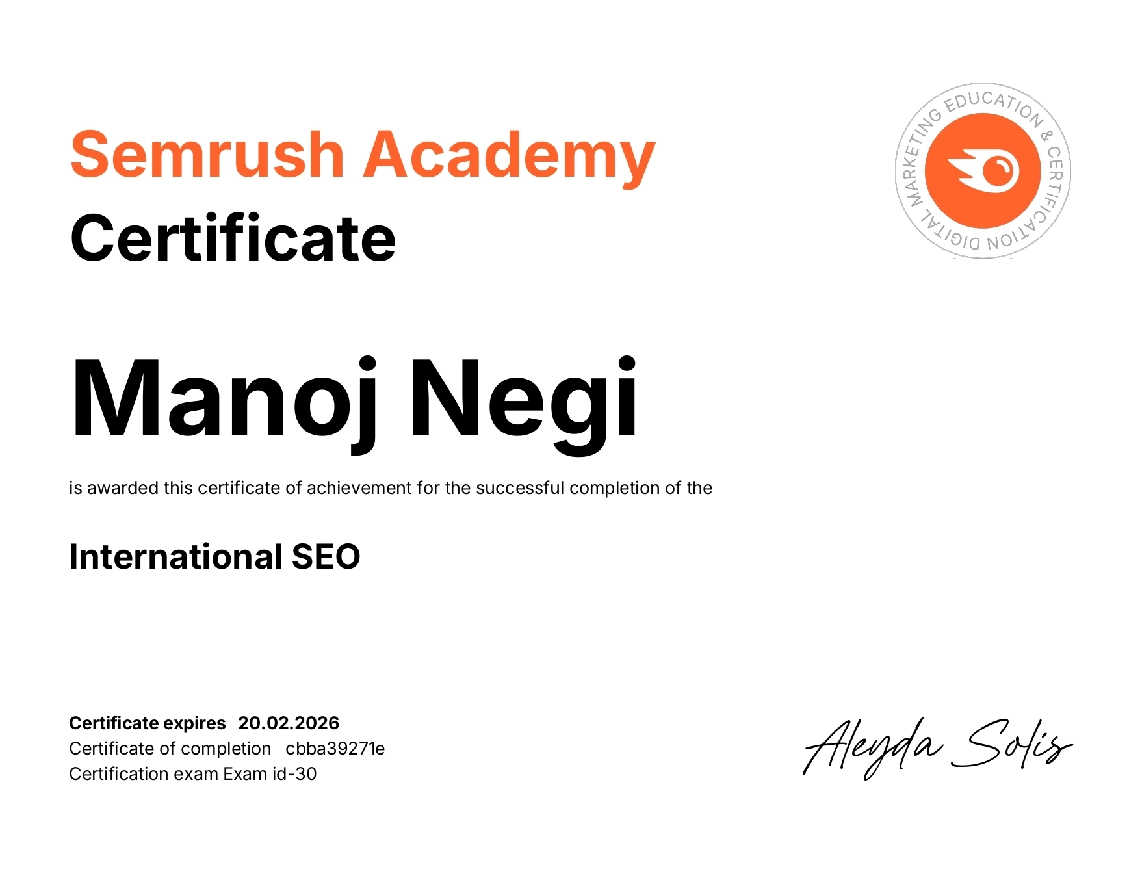The days when searches were solely made by typing on the internet are fading. According to a data, around 20% people globally are using voice and visual search nowadays.
Going ahead, the numbers are going to rise. This tells how important it is for businesses to optimize their online presence for voice, video, and visual searches.
Now, optimizing for voice, video, and visual searches is not an option, it is becoming a necessity to thrive in this ever-evolving digital landscape.
In this post, we will see why and how these natural & multimodal methods for online searches are shaping the SEO in 2025 and beyond. Hence, you’ll get better insights into why you need to adapt yourself for these changes.
How Online Searches Are Evolving?
Search is no longer confined to texts where users type specific keywords to get the desired results. Today, technology has become advanced and so does users.
Nowadays, users speak to search something, upload an image, or use video to get the information online. There are several factors contributing to this multimodal shift:
- Widespread use of smartphones and smart devices
- Increasing use of AI voice assistants like Siri, Alexa, and Google Assistance
- Rapid advancements in natural language processing and image recognition
- Users are looking for convenience, speed, and enhanced experience
These enhancements in online search technology allows users to interact more naturally with technology.
Why Voice Search is Revolutionizing SEO?
As voice search is increasing, text-based search queries are fading. The reason behind this is convenience that voice search offers. It is completely changing the game how users are doing online searches.
Voice commands make searches conversation-driven, fast, and hands-free. More than 50% of smartphone users engage with voice searches daily, and this trend is growing fast. Voice queries are longer and more conversational. Plus, they are question-based. For example “Which are the best smartphones under 30,000?” rather than “smartphones under 30,000.”
What Are the Key Advantages of Voice Search Optimization in SEO?
1. Conversational Targeting
Websites that focus on natural language, long-tail keywords, and question-based queries are favored in voice-based queries.
2. Mobile-First Content
Mobile-friendliness has been a priority for search engine bots for years. Even with the rise of multimodal search enhancements, websites with responsive designs continue to perform best, as most voice queries are made on mobile devices. Consulting a search engine optimization expert can help ensure your site is fully optimized for mobile, improving visibility and user experience across all platforms.
3. Featured Snippets and Direct Answers
Voice assistants often pick answers from featured snippets giving concise and well-structured content.
Voice search optimization is not only about getting visibility, it is about adapting to the intuitive ways people are searching information in this digitally advanced world.
The Power of Visual Search
Along with voice-based queries, people are also getting used to visual search queries. Not only this but they are liking it too.
We know that our brain processes visuals quicker and better than texts, this is what new search technology is tapping into.
Platforms like Google Lens, Pinterest Lens, and social media channels are at the forefront of this shift. This feature is highly popular among Gen Z and millennials.
Why Visual Search is Important in SEO?
1. Speed and Ease
Users just need to click a picture directly on the search engine or upload it to get required results. This eliminates the need for writing a text query.
2. Product Discovery
E-commerce and retail brands are embracing this shift by allowing users to find products using an image, giving a direct view of products they want.
3. Search Beyond Traditional Search Engines
Visual search is expanding beyond traditional search engines like Google or Bing. Platforms like Amazon, YouTube, and even social media are integrating visual search feature making SEO more diverse.
Now, to optimize for visual searches, it is important to use high-quality images, relevant keyword-rich alt tags, and ensuring quick loading speed and responsiveness of the website.
The Rising Role of Video Search
Video is central to how users learn and engage, with platforms like YouTube, TikTok, and Google integrating video results into search more than ever before. For businesses aiming to boost visibility and engagement, video content is not just supplemental but a core part of any SEO strategy.
Understanding the seo specialist role helps ensure that video content is optimized effectively, reaching the right audience and driving meaningful results.
Video Search Optimization Essentials
1. Transcripts and subtitles
These make video accessible to both users and search engines and allow indexing of spoken content.
2. Keyword-optimized titles and descriptions
Accurate, compelling metadata boosts video ranks and click-throughs.
3. Engaging thumbnails
First impressions matter; choosing attractive thumbnails can significantly increase views.
4. User experience
Video breaks up text, making pages more engaging and easier to navigate.
Brands that strategically leverage video stand out in crowded markets and tap into a format users crave for tutorials, reviews, and deeper product insights.
SEO Strategies for Voice, Video, and Visual Search
Adapting to these modalities involves much more than adding a few images or recording a quick video. Success demands a holistic, proactive approach:
- Conversational content
Write in a natural tone, answering real questions users would ask aloud. Use FAQs, schema markup, and structured data for clarity.
- High-quality multimedia
Prioritize relevant, fast-loading images and videos with rich metadata. Optimize alt text, file names, and ensure media works on all devices.
- Mobile-first and fast
Make sure your site loads quickly, is easy to navigate on all screens, and supports media-rich experiences.
- Local SEO
Many voice and visual searches are local—maintaining accurate profiles and encouraging reviews boosts visibility for location-based queries.
How These Advancements Impact Your Business?
The move toward voice, visual, and video searches isn’t just a technical trend—it’s changing the way brands engage, convert, and build loyalty with digital audiences. Companies investing in these new search paradigms gain several powerful advantages:
- Reach new audiences
Tap into users who prefer speaking, snapping, or watching over typing.
- Improve engagement
Multimedia content leads to longer site visits, higher interaction rates, and increased sharing.
- Boost conversions
Visual and video product searches yield faster and more confident purchase decisions.
- Future-proof SEO
Adapting now means staying competitive as algorithms and user behaviors continue to evolve rapidly.
Overcoming the Challenges
Shifting to multimodal SEO presents unique hurdles. Content teams need new skills, from conversational writing and multimedia production to metadata and accessibility optimization.
Maintaining centralized strategies and governance for managing visual assets and video libraries is essential, especially as platforms and technology rapidly advance.
Additionally, with AI-driven detection tools, creating content that is unique, genuinely human-like, and free from plagiarism is absolutely essential to keeping rankings and credibility high.
Brands must blend creative human input with smart automation, ensuring originality, authenticity, and compliance with both search algorithms and content detection standards.






